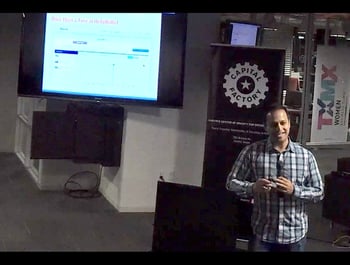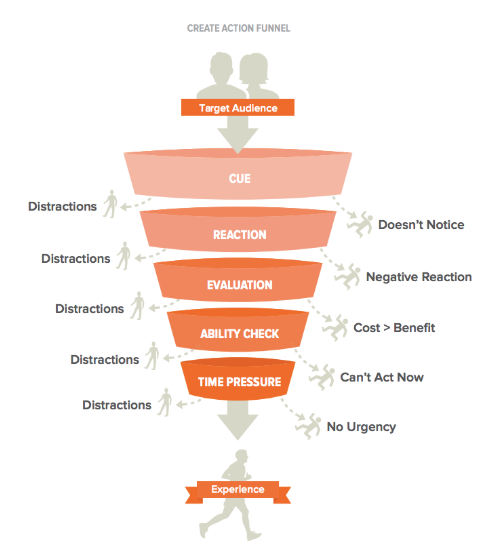I consider myself really lucky to have learned so much about the power of behavioral science in product design at both Opower and HelloWallet. In fact, our Chief Behavioral Scientist at HelloWallet, Dr. Stephen Wendel, wrote a book on applying behavioral science to software products. We used the framework he created to improve our financial wellness products, so I spoke about it last year at an Action Design Austin Meetup. Here is a crash course summarizing one way to use behavioral science to encourage users of your product to get the most out of it
The CREATE Action Funnel
Knowing that people wouldn't use his framework if they didn't remember it, Steve came up with an easy-to-remember acronym and visual for it, CREATE:
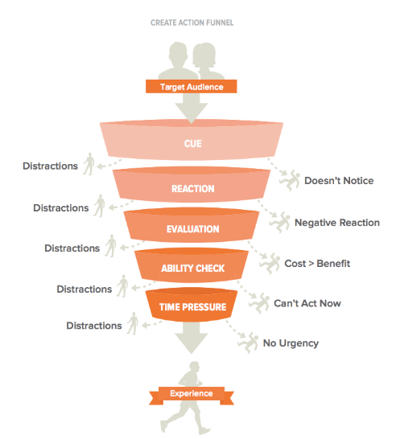
Source: Dr. Steve Wendel
- Cue - the trigger that gets you thinking about taking a specific action
- Reaction - your instinctive first reaction to the idea of taking the action
- Evaluation - a more rational cost vs benefit analysis of taking the action
- Ability Check - seeing whether you can even take the action right now
- Time Pressure - determining whether it's urgent to take the action right now
- Experience - the act of taking the action and the feelings that come with it
Let's look at each in more detail using two real-world product examples: one where I took the action, and one where I didn't.
Successful Example: LinkedIn
I use LinkedIn for a lot of purposes, mostly to learn more about new people I'm meeting, but also to stay up to date on professional news and product-related content.
Cue
I saw this on the home screen of my phone:
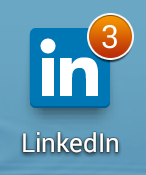
Reaction
"Oh man, better check what's happening on LinkedIn!"
Evaluation
"I like the content on LinkedIn - it's usually interesting and relevant. I'm sure this time will be no different."
Ability Check
"I definitely have the ability to open the app - all I need to do is tap on the icon."
Time Pressure
"I'm sure nothing is that urgent but sometimes there are interesting trending product management topics or news. I should see if that's the case."
Experience
"Let's see - oh, this person has a new job, I got a new connection request and my old friend sent me a message. Well, that was a productive use of 2 minutes."
What Happened?
This is actually an interesting example, because over time I realized that there was nothing urgent about the LinkedIn content I was reading, especially when I started to see notifications saying someone I don't know posted new content to a LinkedIn product management group. A month or so ago, I disabled push notifications on the LinkedIn app. However, I still check it regularly because it's on the home screen of my phone. So now the cue is just seeing the app icon, not the notification count on the icon.
Unsuccessful Example: HomeAway
I recently stayed at a HomeAway property during a vacation in San Diego. A few days after I got home, this happened.
Cue
I got this email:
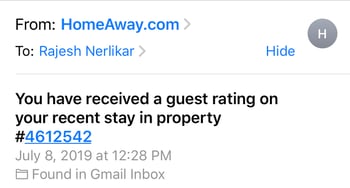
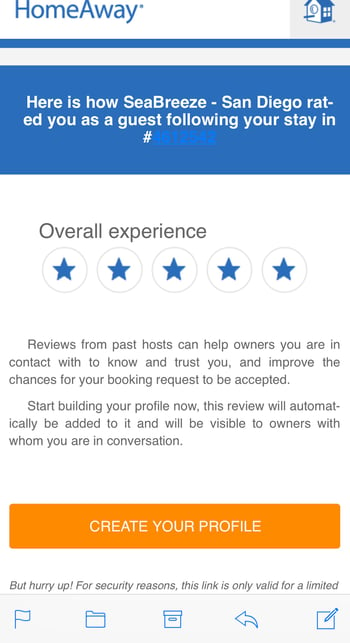
Reaction
"Ugh create a profile?! I thought I already did that when I booked this place. This seems like a lot of work."
Evaluation
"If we use HomeAway again for our next vacation, it would be good to have a 5-star rating on my profile. But I don't know when the next time we'll rent a house is, and it's usually not more than once a year."
Ability Check
"I'm not sure if I can create a profile on my phone. Or if I have the time to do this right now - it will probably take at least 5 minutes."
Time Pressure
"Dammit, it says this link will only last for a limited time."
Experience
"OK, it's been 4 days, maybe I should do this now. Dang, it says the link is no longer valid. Oh well, whatever."
What Happened?
I would say I fell out of the funnel at the Evaluation phase, although I did notice their attempt to make this urgent under the CTA button. In this case, I didn't take the action because I didn't feel like the benefits (having a 5-star rating) outweighed the costs (time to create a profile). For what it's worth, I did actually take the action they wanted me to - click on the link to create a profile. But I couldn't complete it because they (arbitrarily?) invalidated the link after a day or two - perhaps an example where creating urgency failed to help them achieve the objective of having me create a profile so I'd be more likely to think about using HomeAway the next time we need to rent a place on vacation.
Closing Thoughts
A few things to keep in mind if you do try to use this framework:
- This is a meta funnel. Let's say you're trying to optimize a 4-step e-commerce funnel (ex. open an email, click on a button, add a product to your cart and then checkout). At each step of the funnel, you can apply the CREATE funnel to help you better understand why you might be losing customers along the way. This is why the simplest way to optimize your funnel is to reduce the number of actions you require the user to take. In our e-commerce example, can the product be added to the cart when they tap on the email button?
- It's part of Vision-Led Product Management. You'll note that the cue (we call it the trigger) and evaluation are part of the customer journey chapters we use. That's because we see most teams forget about the cue / trigger and assume their customers / users will form a habit of using the product on their own. We certainly know that evaluation happens both as a subconscious snap judgement as well as a rational cost vs benefit analysis.
- It's cyclical. The experience a person had the first time he/she took the action informs their gut reaction the next time the cue to take the action occurs. That's what happened in my LinkedIn example - eventually my experience opening the app because of notifications soured, so I decided to stop opening it so often. This is also why it's so important to have an incredible trial experience for new customers - it's incredibly hard to get them back if they have a bad first-time experience.
The Actual Talk
In case you'd like to see more from the actual Meetup talk, here are some additional materials:
